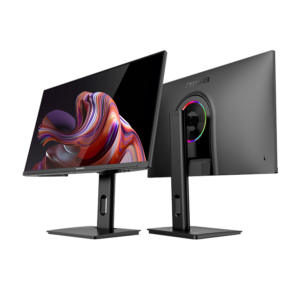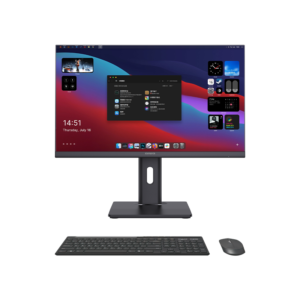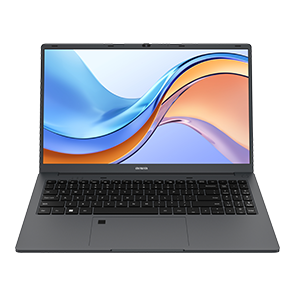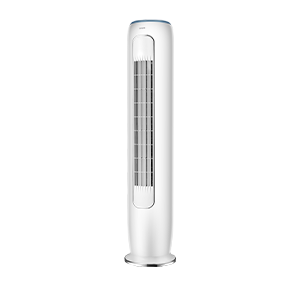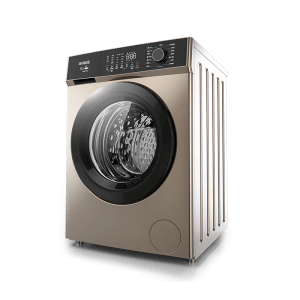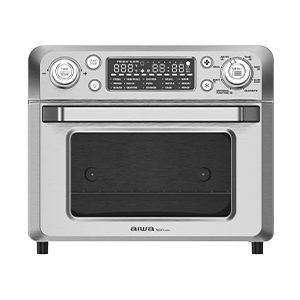LCD Screens: Application of LCD Display Panels
We have spoken about LCD display technology as being instrumental to our entertainment. Besides dominating the TV and computer monitor market , LCD display panels have countless utilization in our daily life. As you are most likely reading this piece of content on an LCD display, we will explain its various application. With the focus on LCD TV and computer screens, we will explain why they are the most popular choice. Without further ado, let us jump right in.
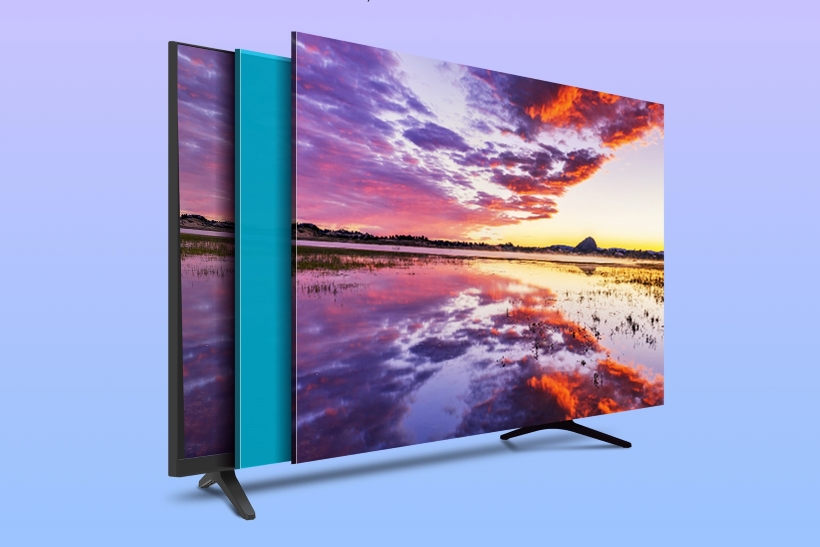
LCD Display Panels Overview
Let us briefly cover what the LCD display panels are and how they work. Well, to put it simply, LCD panels use a backlight to emit right through a layer of liquid crystal. Thanks to the interaction between the light and the substance, the latest reaches the tiny blocks on the screen surface called pixels. The combination of different millions of colored pixels and backlight are able to produce the final images. It is not magic, and it is quite an interesting process. To satisfy your thirst for knowledge, check here for a simple and more in-depth presentation about LCD display technology.
Daily Application of LCD Screen Panels
With the fundamentals out of the way, let us take a look at LCDs applications. Liquid crystal displays can range in size from a few tens of millimeters to over 100 inches. Needless to say, the range of utilization is extensive, going through many different appliances and instruments. When someone thinks about LCDs, the first thought usually is TV sets and computer monitors. However, an indefinite number of devices and gadgets use integrated LCD displays that work like their larger cousins.
Depending on the resolution, there is a distinct differentiation in the LCD display panel composition. The so-called “passive matrix” characterizes the low-resolution types of LCD display such as wristwatches, calculators, public areas information board screens. This type of structure has a group of contacts for each row and column of the panel, rather than one for each pixel. The result is a reduced contrast and difficulty in visualizing fast-moving images.
On the other hand, for high-resolution displays, we talk about the “active matrix.” Some examples may be computer monitors, LCD TV screens, or LCD touch screens on tablets, smartphones, and digital camera screens. In this case, the LCD displays contain a thin film transistor (TFT). This device stores the electrical state of each pixel of the display while the other pixels are updated. The method allows for much brighter and sharper images than traditional LCDs.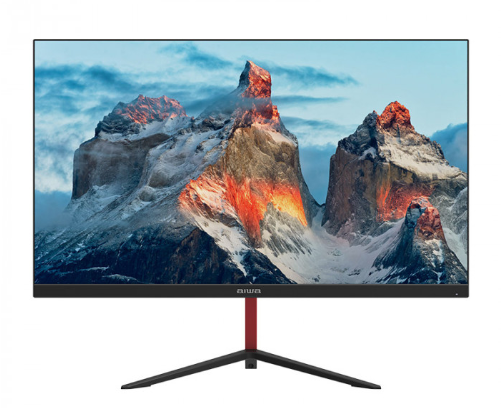
LCD TVs & Computer Monitors
The main application for LCDs is the television display. For many years LCD display modules have ruled the market, defeating their predecessor, the cathode ray tube. Do not think, though, that LCDs technology has remained unaltered over the years. LCD display panels have seen a constant update in the performance and image definition. Through the years, other worthy competitors have risen. One example? The relatively new OLED technology is trying to claim the throne. When comparing OLED vs. LCD displays, both technologies have their pros and cons. Then, why LCDs are the most popular choice? LCD screen panels tend to have contained electricity consumption, and above all, have low costs. The price-quality ratio is excellent as the LCD screens have high contrast performance and, depending on the model, overall great visual quality.
The second top application of LCD panels is as computer monitors. An increase in the videogame industry has driven the sales. Regardless, LCD screens panels vary and can be most suitable for working and gaming for hours. Talking about gaming LCD panels, we have the battle raging between the TN, IPS, and VA panels. All of the iterations differ in their specifics, providing different kinds of visual experience results. Let’s sum things up briefly. TN panel’s main feature is the fast response time. On the other hand, IPS panels strongly rely on high color definitions and a wider vision angle. Finally, the VA panel’s flagship characteristic is the excellent black levels. Are you interested in knowing more about the computer gaming screen? Here you may find our complete guide, Different Types of LCD Display Panels TN vs. IPS vs.VA.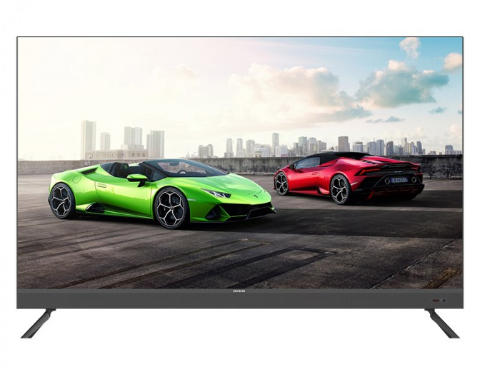 Conclusion
Conclusion
In the end, LCD display panels are the most popular choice because of their advantages and price value. If you are interested in reliable TV and computer monitor manufacturers, we at Aiwa have the right solution for you. Aiwa has a long tradition of innovation throughout the whole industry.
Our team at Aiwa aims to provide our customers with an unparalleled visual experience. Hopefully, this brief guide provided you with an overview of the LCD screen panorama. For more information, come and check out our new offer!









